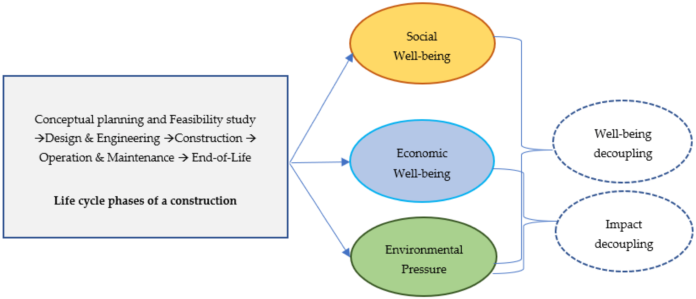Introduction
Table of Contents
In today’s world, the concept of sustainability has gained immense importance across various industries, including furniture manufacturing. Sustainable furniture not only contributes to environmental conservation but also promotes responsible consumption and production. This article delves into the lifecycle of sustainable furniture, focusing on three key aspects: responsible sourcing of materials, energy-efficient manufacturing processes, and furniture disposal methods. Additionally, we explore how maximizing furniture lifespan through recycling, upcycling, and donation plays a vital role in the sustainable furniture ecosystem.
Responsible Sourcing of Materials
To ensure sustainability, the lifecycle of sustainable furniture begins with responsible sourcing of materials. Manufacturers strive to obtain raw materials from renewable sources and reduce reliance on non-renewable resources. Some common practices include reclaimed wood, recycled metals, and bamboo, rapidly renewable resources. By prioritizing responsible sourcing, furniture manufacturers can minimize the negative impact on forests and ecosystems while promoting a circular economy.
Energy-Efficient Manufacturing Processes
Energy-efficient manufacturing processes are a crucial component of sustainable furniture production. Manufacturers are increasingly adopting greener technologies and practices to reduce energy consumption and carbon emissions. By implementing energy-efficient machinery, optimizing production layouts, and utilizing renewable energy sources, furniture manufacturers can significantly lower their environmental footprint. These practices not only contribute to sustainable furniture production but also help in reducing operational costs in the long run.
Furniture Disposal Methods
The end-of-life phase of furniture is often overlooked but plays a critical role in sustainability. Proper furniture disposal methods ensure that waste is minimized and materials are recycled or repurposed. Furniture recycling involves breaking down old furniture into its raw materials, such as wood, metal, and fabric, which can then be used in the production of new furniture or other products. Donation and upcycling initiatives provide alternatives to disposal, extending the lifespan of furniture and reducing the demand for new production.
Maximizing Furniture Lifespan
Maximizing the lifespan of furniture is a key strategy in sustainable furniture practices. Consumers can contribute to sustainability by opting for high-quality, durable furniture that can withstand the test of time. Regular maintenance, such as cleaning and refinishing, helps prolong the lifespan of furniture. Additionally, embracing the concept of circularity, where furniture is repaired, refurbished, or repurposed, allows for a more sustainable approach to furniture consumption. By engaging in these practices, individuals can reduce waste generation and make a positive impact on the environment.
Conclusion
The lifecycle of sustainable furniture encompasses responsible sourcing of materials, energy-efficient manufacturing processes, and eco-friendly disposal methods. By adopting these practices, furniture manufacturers and consumers can contribute to a greener and more sustainable future. From the initial extraction of materials to the final disposal, every step in the lifecycle plays a crucial role in minimizing environmental impact and promoting responsible consumption. Sustainable furniture not only reduces waste but also offers an opportunity for innovation and creativity within the furniture industry.


